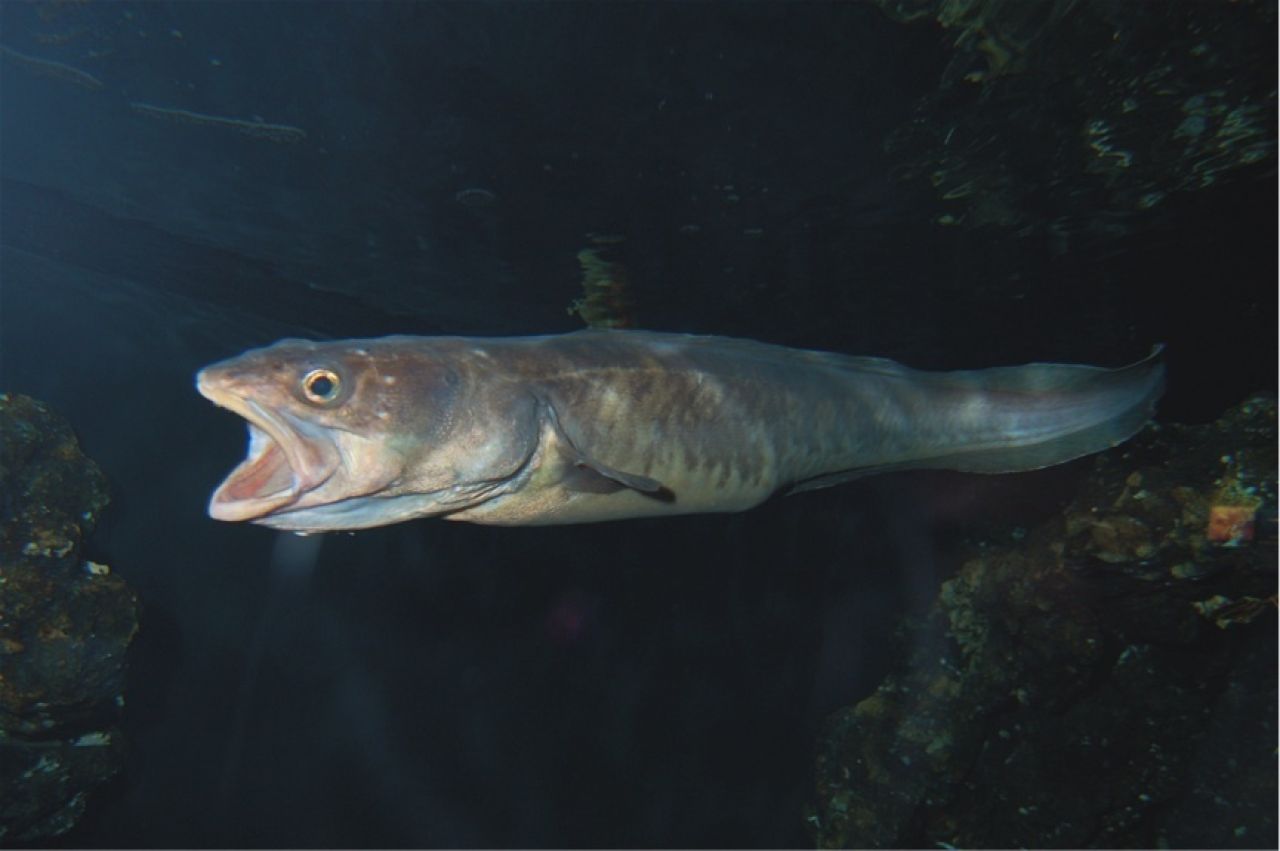Appearance and lifestyle:
Kingklip (Genypterus capensis) is a species of cusk eel, and a common table fish eaten in South Africa. Cusk eels look like a cross between a “typical fish” and an eel. Their bodies are elongated and their tail, dorsal and anal fins are joined. They are a pinkish-brown colour.
Green-listed kingklip is available in South Africa and caught by a fishing technique known as demersal longline, targeting hake. By using this technique, kingklip bycatch is limited to sustainable amounts. A related species, Genypterus blacodes, or the New Zealand ling is sometimes sold as “kingklip” and is also Green-alternative.
Habitat:
Kingklip are bottom-dwelling fish, found at depths of 50 to 550 m and they are only found along South Africa’s west coast and the Cape.
Diet:
These predators navigate the dark waters at night and hunt small fish and invertebrates.
Threats:
Kingklip have a varied rating on the WWF SASSI List, with an Orange “Think Twice” label associated with kingklip caught using offshore demersal trawling – a fishing method for hake that drags nets across the seabed, indiscriminate about bycatch.
Kingklip has not yet been assessed for the IUCN Red List of Threatened Species.
